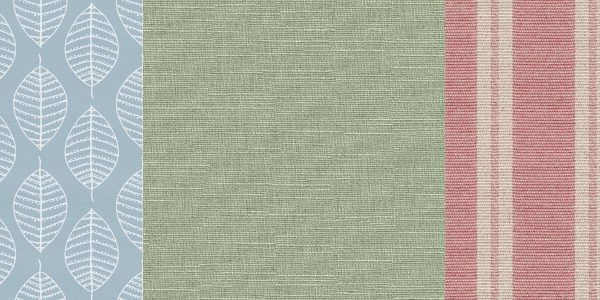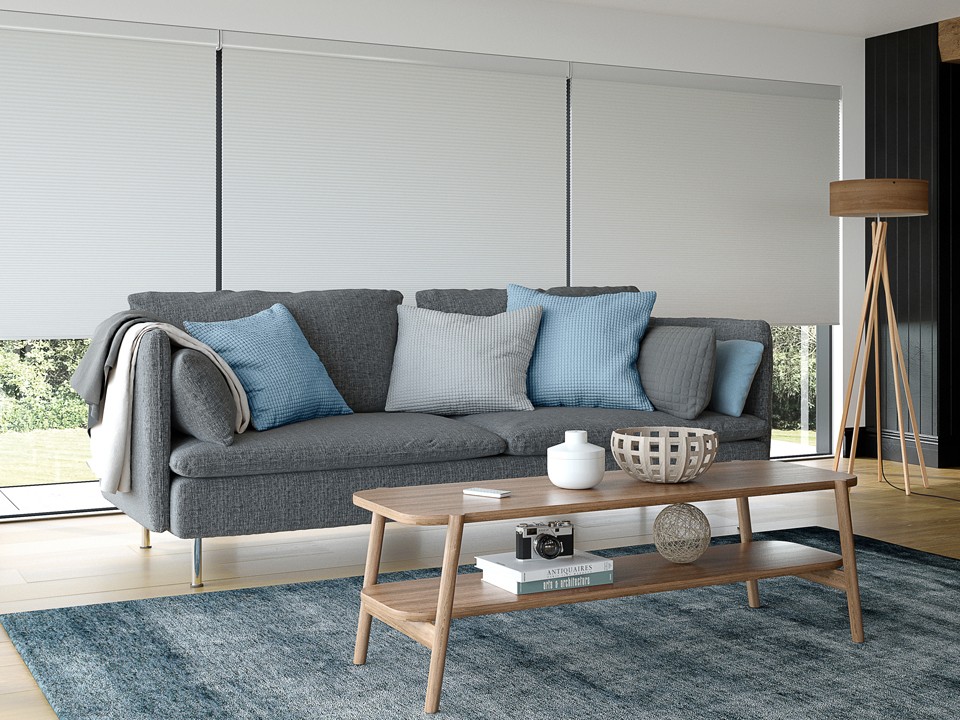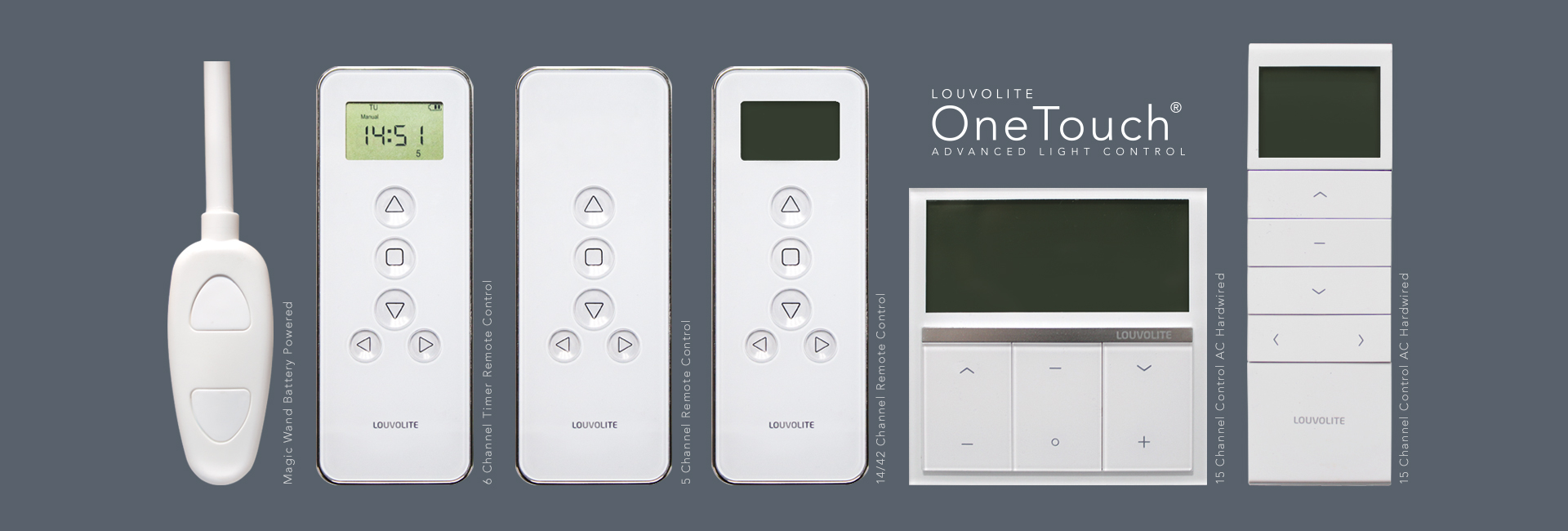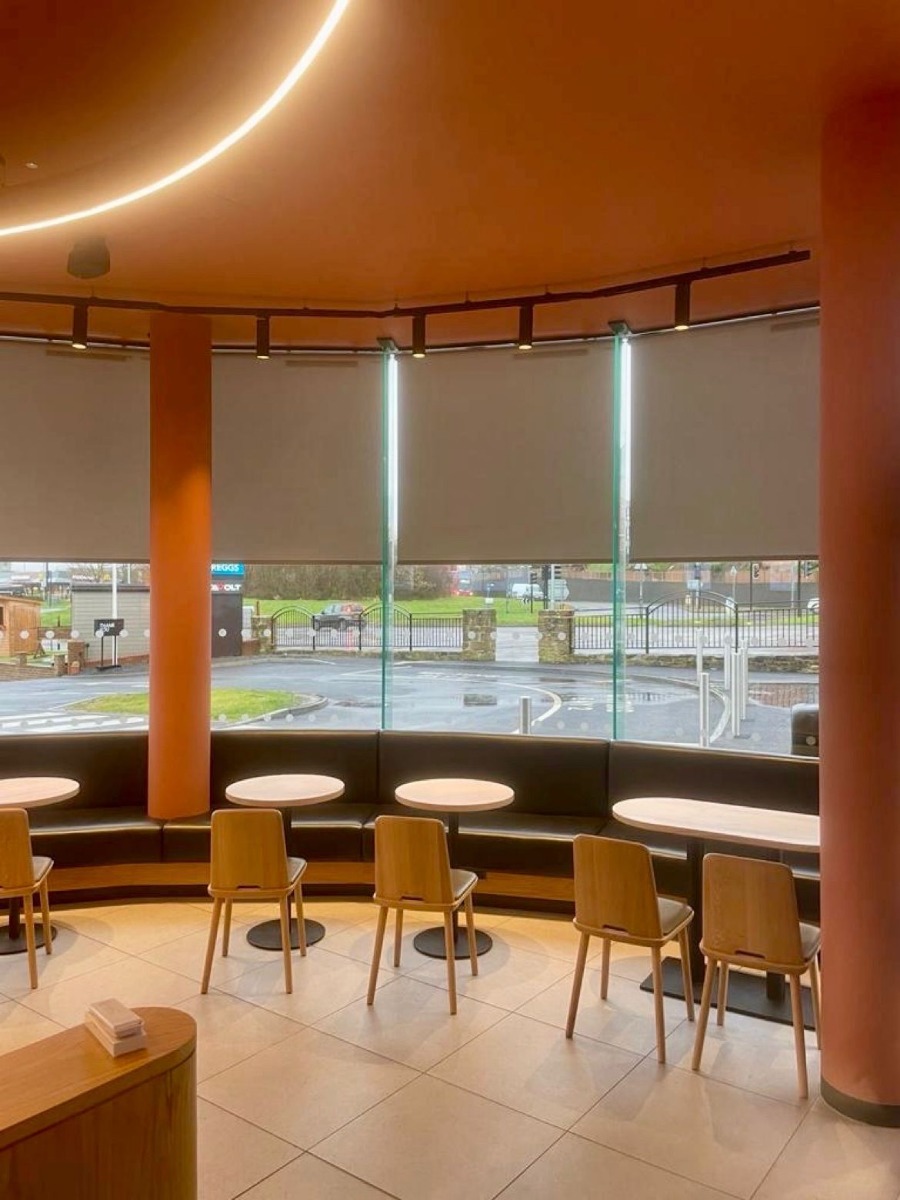Overview of Thermal Blinds
Thermal blinds are not just window dressings; they’re ingenious solutions for maintaining a comfortable home environment whilst reducing energy consumption. Whether you’re battling chilly winters or scorching summers, these blinds play a pivotal role in regulating indoor temperatures.
Benefits of Thermal Blinds
Energy Efficiency Enhancement
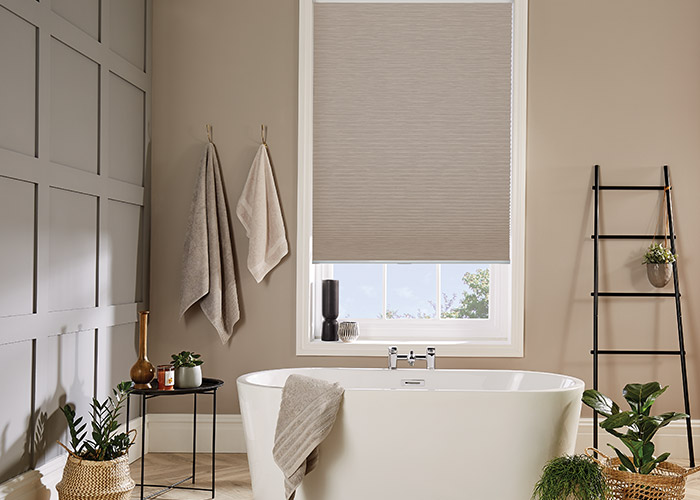
By insulating windows, thermal blinds significantly reduce the need for heating and cooling systems, leading to lower energy bills. They work as an effective barrier against temperature changes, keeping warmth in during the winter and heat out during the summer, thus reducing the reliance on central heating and air conditioning.
Improved Home Comfort
Thermal blinds help maintain a consistent indoor temperature, enhancing overall comfort. They prevent drafts and block out excessive heat, ensuring that your living space remains a haven of comfort regardless of the external weather conditions.
Cost-Effectiveness

The initial investment in thermal blinds pays off with substantial savings on energy costs. Over time, the reduction in your energy expenditure will cover the cost of the blinds, making them a financially savvy choice.
How Thermal Blinds Work
Insulation Properties
Constructed with materials that trap air, thermal blinds form a barrier against heat loss in winter and heat gain in summer. These materials typically include a reflective layer that acts as an insulator, enhancing the thermal efficiency of the blinds.
Reflecting Sunlight and Heat
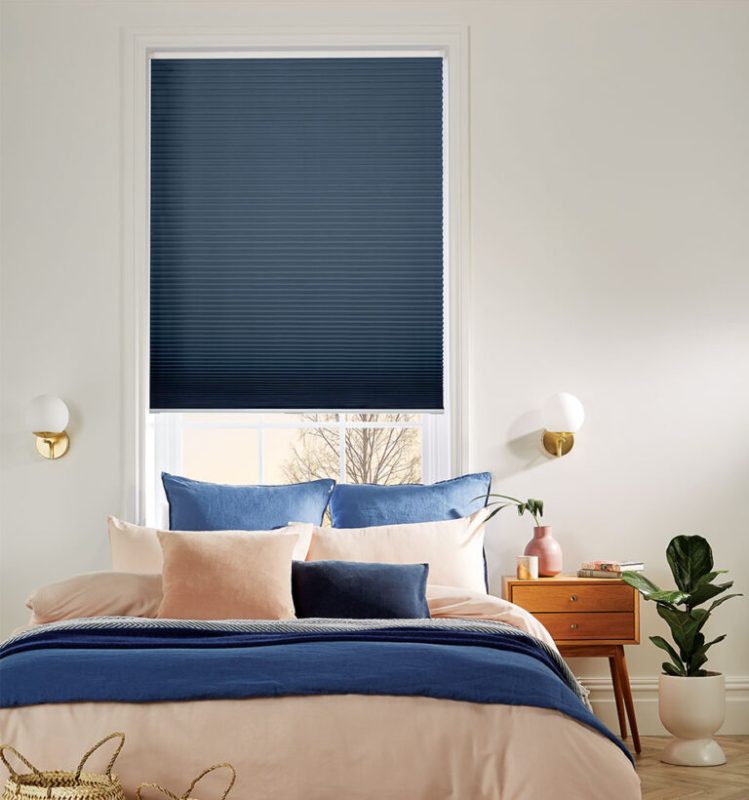
During warmer months, these blinds reflect sunlight, keeping your rooms cooler without overworking your air conditioning system. The reflective surface of the blinds bounces back solar radiation, preventing it from warming the interior of your home.
Thermal Blinds in Different Seasons
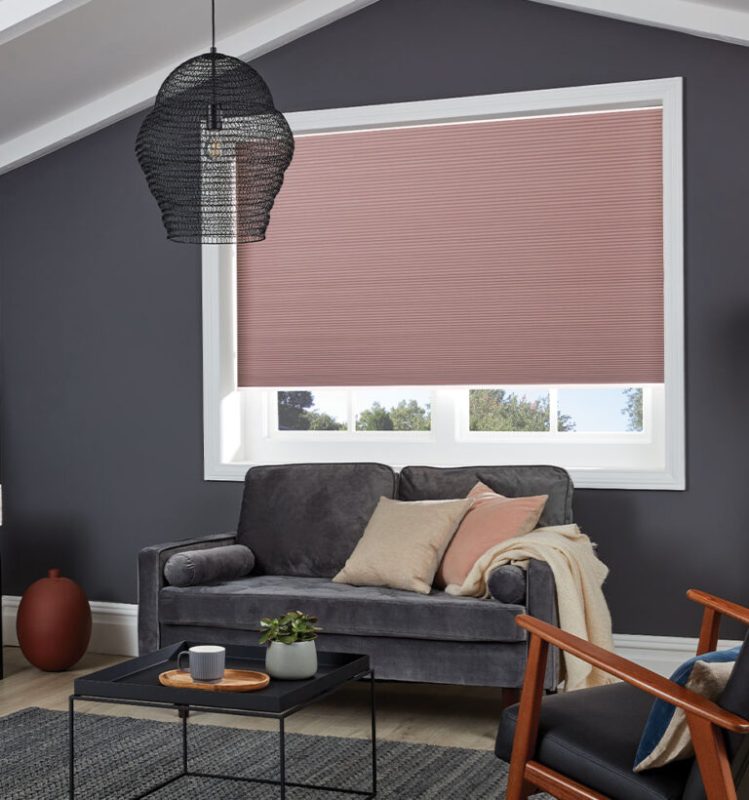
Winter Benefits
Thermal blinds are invaluable during the colder months, keeping your home warm and cosy. They minimise heat loss by trapping warm air inside, which can be particularly beneficial during the UK’s colder spells.
Summer Advantages
In summer, thermal blinds reflect heat and sunlight, keeping your home comfortably cool. This is especially useful during heatwaves, helping to maintain a lower indoor temperature and prevent your home from becoming a greenhouse.
Cost-Benefit Analysis
Initial Investment vs Long-term Savings
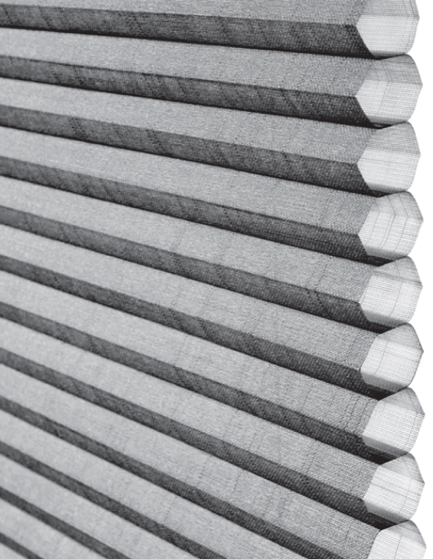
Evaluating the cost of purchasing and installing thermal blinds against the long-term energy savings they offer reveals a clear financial benefit. The decrease in energy required to heat or cool your home can result in considerable cost savings over the lifespan of the blinds.
The Future of Thermal Blinds
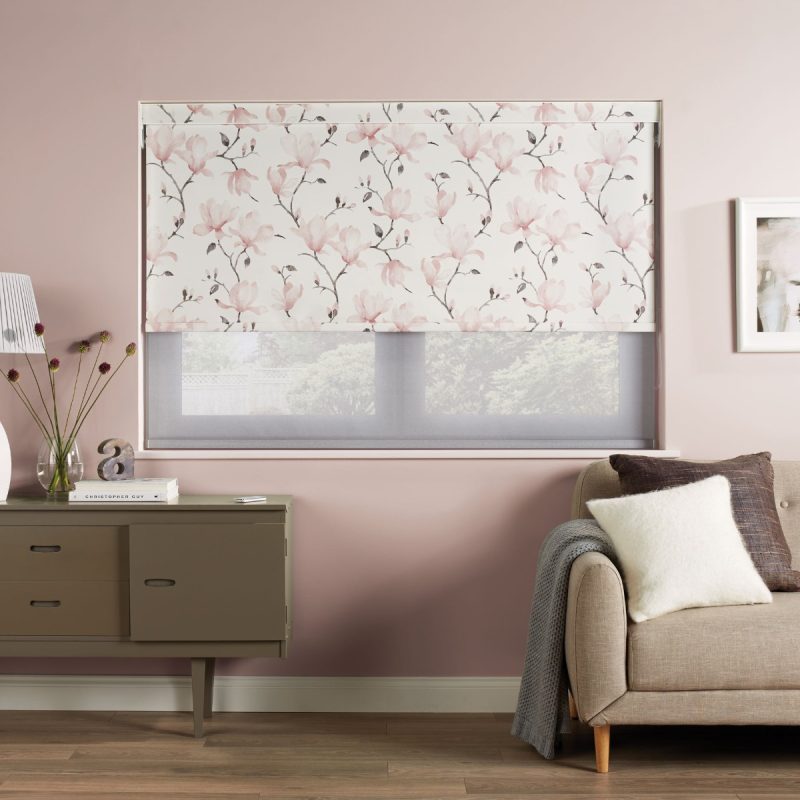
Technological Advances
Emerging technologies are set to enhance the functionality of thermal blinds further. Smart blinds that can adjust automatically to the time of day or temperature, and materials with even better insulative properties, are on the horizon.
Sealing the Deal: Why Thermal Blinds are a Win for Home Efficiency and Style
In conclusion, thermal blinds represent a smart investment for the energy-conscious homeowner. Combining aesthetic versatility with functional design, they provide a sustainable solution to reduce energy consumption and enhance comfort. As we increasingly look for ways to insulate our homes effectively, the role of thermal blinds becomes more pertinent. By opting for these innovative window treatments, you not only contribute to a greener planet but also embrace a lifestyle where comfort and cost-saving go hand in hand. Embrace the change with thermal blinds and step into a future where your home is a model of energy efficiency and stylish living.
FAQs
What are thermal blinds and how do they enhance home comfort?
Thermal blinds are innovative window treatments designed to maintain a comfortable indoor environment while reducing energy consumption. They help regulate indoor temperatures by insulating windows, which prevents drafts and blocks excessive heat or cold. This consistent temperature control contributes significantly to a comfortable living space.
How do thermal blinds contribute to energy efficiency?
By insulating windows, thermal blinds reduce the need for external heating and cooling systems. This leads to lower energy bills as they act as a barrier against temperature changes, keeping warmth in during winter and heat out during summer, thus reducing the reliance on central heating and air conditioning.
Are thermal blinds a cost-effective solution for homes?
Yes, thermal blinds are a cost-effective solution. Although there is an initial investment, the substantial savings on energy costs over time will cover the cost of the blinds, making them a financially smart choice.
How do thermal blinds work in different seasons?
In winter, thermal blinds trap warm air inside, minimising heat loss and keeping the home warm. During summer, they reflect heat and sunlight, maintaining a cooler indoor environment and preventing the home from overheating.
What makes thermal blinds different in terms of construction?
Thermal blinds are constructed with materials that trap air and often include a reflective layer. This design forms a barrier against heat loss in winter and heat gain in summer, enhancing their thermal efficiency.
What are the future advancements expected in thermal blinds?
Future advancements in thermal blinds include the integration of smart technologies that allow automatic adjustments according to the time of day or temperature. Additionally, materials with better insulative properties are being developed to enhance their functionality.


